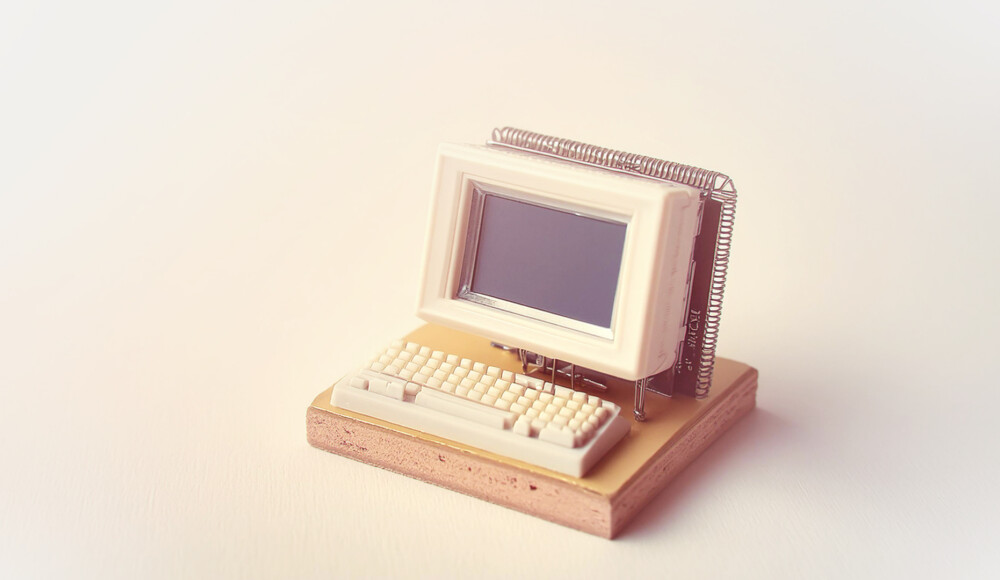In a world that seems to get more plugged in every day, digital plays a massive role in our personal and professional lives. After all, are we ever really off the grid?
Our new normal comes with some consequences: in 2024, the digital sector accounts for approximately 4% of global greenhouse gas emissions. That number is steadily growing, highlighting the need for more sustainable practices in our day-to-day usage, but even more so in the design and maintenance of online sites.
From programming to design, maintenance and hosting, each stage of a site’s lifecycle has an impact on energy consumption and CO2 emissions. At Atypic, that’s why we want to integrate ecoresponsible practices in all our site redesign projects, no matter the client or cause.
But what exactly do we mean by ecoresponsible redesign?
Optimized programming
All the substance, lighter code!
Our web development team (shout out to Annabelle, Mario, Taline and Camilo) creates more streamlined, efficient programming that limits the consumption of resources and queries, improving efficiency and page load times.
Our in-house WordPress template (affectionately nicknamed “vanilla thriller” but we never did get a thumbs-up on the name from our creative team :D) was developed and is constantly updated to integrate the best of ecodesign practices.
Pure design
All while respecting principles of user experience and user interface!
Our UX design expert, Joelle, is adept at balancing brand image with our clients’ concrete goals, designing layouts that are clean and minimalist. Great things follow:
- Pages with fewer images and graphics are lighter and easier to load;
- Navigation is more fluid with a clear menu and limited number of submenus;
- Causes stand out with a more impactful visual identity.
Regular green maintenance
Spring cleaning: now for websites!
Atypic encourages all our clients to opt for upkeep practices that sustainably prolong the life of a website. We can even show you how! Here are a few great habits:
- Delete media files from the media library at least once a year to remove things like duplicates or images from pages that no longer exist;
- Delete pages that stayed in draft form and aren’t being used;
- Avoid importing images larger than 1MB (even those 15 great post-event shots!) and reduce them first;
- Reduce the size of PDFs when using them for things like annual reports (they can be lightened with several free online tools.)
On our side, we’re committed to taking care of the maintenance and updates your site needs to perform at its best. Nothing gets past Mathilde!
Green hosting
Québec-based servers for data, and for the planet
We collaborate with host providers that are committed to reducing their carbon footprint by using renewable energy sources.
Ecodesign and the digital or social reality
Sometimes it isn’t easy being green.
Occasionally, a site’s ecoresponsibility can conflict with other priorities, including:
- Design (the creativity of the brand image, motion design, interactivity…);
- Referencing (more content creation means more pages, more images, etc.);
- Accessibility (the amount of code, page versions, plugins…).
Elements like these can contribute to a positive user experience, but sometimes run counter to the goal of making a site more sustainable.
That’s why we accompany you along the way, from recommending choices that respect both your mission and your objectives, to contributing to your cause, all while integrating the best of website ecodesign. Because, yes, a site can be relevant, well-made, beautiful, inviting and green all at once!
The chance to build a more sustainable internet through concrete actions and responsible choices, no matter how big or small your project, is here. And so are we
Ecobranding: the art of being green while showing your true brand colours
Raphaël Desmaison, June 11, 2024
Blog posts


